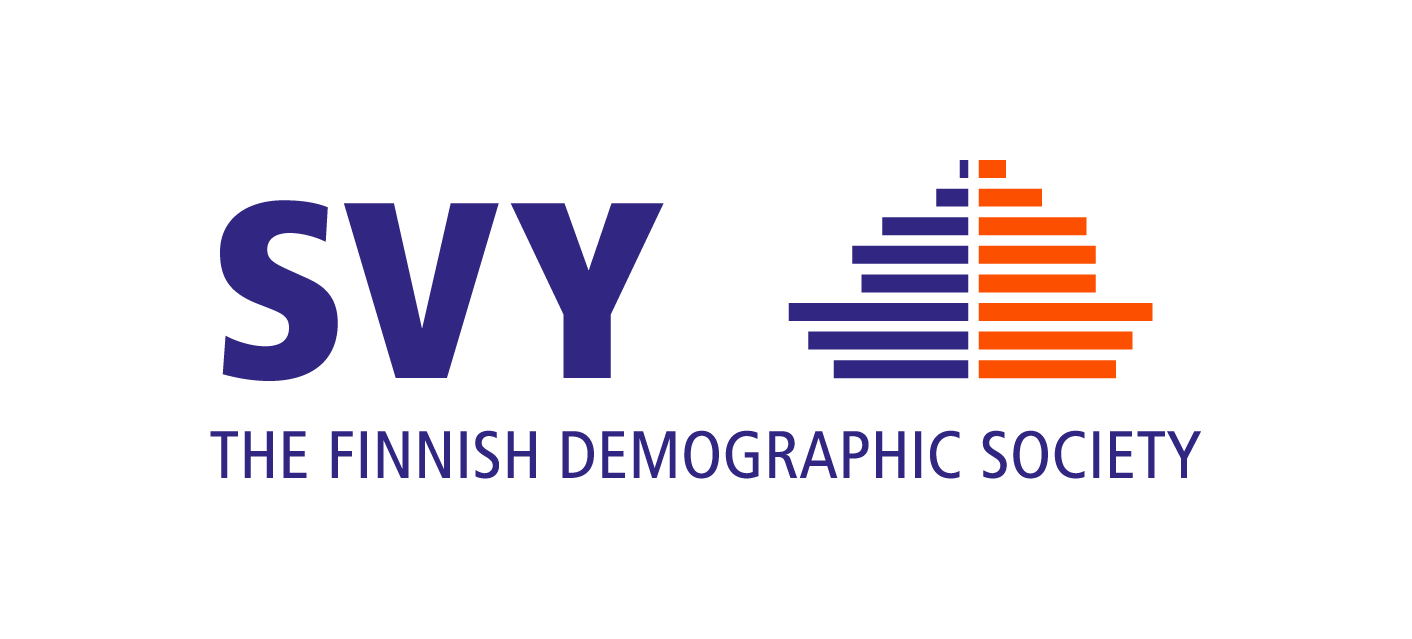Minimum Parental Allowance Payments Received by Finnish Mothers
Keywords:
family bene?t, minimum parental allowance, social assistance, housing allowanceAbstract
In Finland, the number and the proportion of women receiving minimum maternityor parental allowance increased dramatically in the 1990s. Their share increased to
a high point of 30 percent in 1996 and remained at over 25 percent to the end of the
decade. The aim of this study was to describe some of the characteristics typical of
these women, and to analyse how often and in what circumstances they had to rely on
last-resort income support (social assistance and housing allowance). The material
comprises data on the total working-aged population, retrieved from the income security
registers maintained by the Social Insurance Institution and from the social assistance
register maintained by Stakes (National Research and Development Centre for Welfare
and Health). Both cross sectional and longitudinal data were analysed by means of
cross tabulations and means as well as logistic regression. We could differentiate
two groups of mothers receiving minimum bene? t: young mothers and middle-aged
mothers with many children. Twenty percent of women on the minimum allowance also
received social assistance and 38 percent received housing allowance. Reliance on
social assistance was particularly common among mothers who had delivered their
? rst baby and among young mothers who had delivered more than one baby
How to Cite
Takala, P., & Hytti, H. (2005). Minimum Parental Allowance Payments Received by Finnish Mothers. Finnish Yearbook of Population Research, 41, 47–60. https://doi.org/10.23979/fypr.45013








